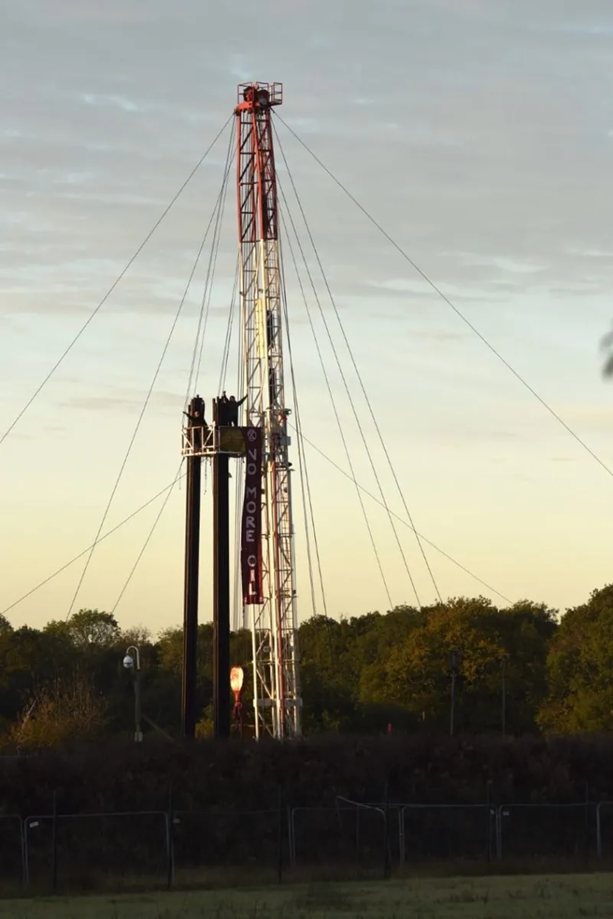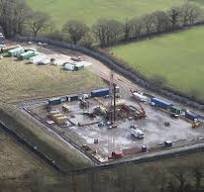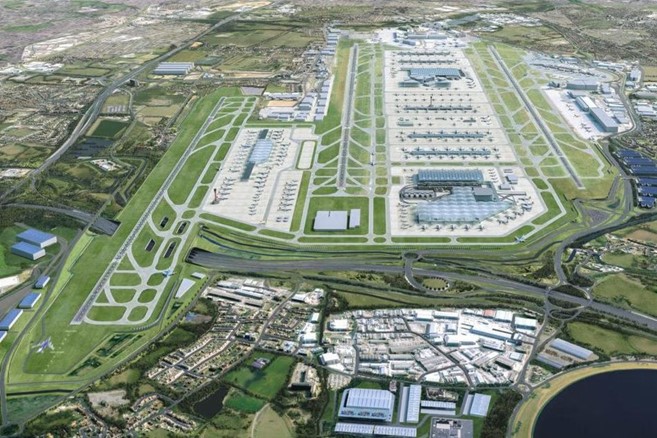The case of R (on behalf of the Weald Action Group) v Surrey County Council and others 2024 may be ringing in the ears of some organisations. This was the case in which Friends of the Earth intervened supporting the claimants. There were scenes of loud cheers outside the law courts in London and the case is reported in the national press, in the law reports, and on the websites of Weald Action Group and Friends of the Earth

Weald Action Group objected to Surrey County Council granting planning consent to West Cumbria Mining Ltd to dig for oil at Horse Hill Surrey. Friends of the Earth and Greenpeace supported Weald Action Group. Weald Action Group said that the Environmental Impact Assessment demanded by Surrey CC of West Cumbria Mining was not sufficient. Under the Town and Country Planning (Environmental Impact Assessment) Regulations 2017 a planning consent for an “EIA development” can only be granted if there is an Environmental Impact Assessment. An EIA development is one listed in either Schedules 1 or 2 of the Regulations but is essentially any major infrastructure project, which can include changes or extensions of development already authorised.
 The EIA must give details of the likely significant effects of the development on the environment resulting from the construction of the development, the use of natural resources in particular land soil water and biodiversity, the impact of the project on climate change and other listed matters. The question for the Courts was whether the EIA had to consider these effects from the construction at Horse Hill or whether the EIA had to consider the effects from indirect consequences, such usage of the products derived from the development by ultimate consumers. Was it sufficient to consider just the consequences of digging for oil at Horse Hill? Surrey CC and West Cumbria Mining said that it was. Or does the EIA have to consider the consequences of the development, so as Holgate J put it in the High Court “the consumption of any retailed product ultimately emerging as a result of a refinement of the raw material”? Weald Action Group said that the EIA was required to consider this.
The EIA must give details of the likely significant effects of the development on the environment resulting from the construction of the development, the use of natural resources in particular land soil water and biodiversity, the impact of the project on climate change and other listed matters. The question for the Courts was whether the EIA had to consider these effects from the construction at Horse Hill or whether the EIA had to consider the effects from indirect consequences, such usage of the products derived from the development by ultimate consumers. Was it sufficient to consider just the consequences of digging for oil at Horse Hill? Surrey CC and West Cumbria Mining said that it was. Or does the EIA have to consider the consequences of the development, so as Holgate J put it in the High Court “the consumption of any retailed product ultimately emerging as a result of a refinement of the raw material”? Weald Action Group said that the EIA was required to consider this.
Going for the latter option would place a substantial burden on both the applicant and local authorities granting planning consents. How does a local authority considering an infrastructure planning application also consider what emissions might occur in the World, with the damage that they will cause, from fuels derived from a development at Horse Hill in Surrey?
The High Court, the Court of Appeal and two of the five Supreme Court judges agreed with West Cumbria Mining that this was not within the remit of the Surrey CC. However, crucially the other three Supreme Court judges did think that this was within the duty of Surrey CC and the majority of the Supreme Court got its way. Surrey CC had therefore acted unlawfully. The leading judgment said:
“The legislation does not prevent the competent authority from giving development consent for projects which will cause significant harm to the environment. But it aims to ensure that, if such consent is given, it is given with full knowledge of the environmental cost.”
“It [Surrey CC] accepted as sufficient an environmental statement which assessed only direct releases of greenhouse gases at the project site over the lifetime of the project and contained no assessment of the impact on climate of the combustion of the oil. In consequence, no information about the combustion emissions was made available to the public or considered by the council before it granted development consent for the project.”
“On the agreed facts, the extraction of the oil is not just a necessary condition of burning it as fuel; it is also sufficient to bring about that result because it is agreed that extracting the oil from the ground guarantees that it will be refined and burnt as fuel.”

The appeal by Weald Action Group was allowed and the law says that the Environmental Impact Assessment must contain an assessment of the impacts of both the workings themselves and also the foreseen subsequent use in the World of the results of the construction, wherever that use or the effects may be. The Supreme Court found that Surrey CC had acted unlawfully by only considering the impacts at the Horse Hill site.
Transposing this to Heathrow airport expansion, honesty about the wider effects of any expansion (including raising the limit of 480,000 air traffic movements per year) will be compulsory. No hiding behind supposed best practices in the development or expansion itself.
 Should Heathrow try and expand in whatever format requiring planning consent, there will need to be a proper assessment of the increased usage and the wider effects upon the World of the increased usage of the airport. Environmental and residents’ groups need to keep this in their armoury. The first test of this is likely to be with airspace modernisation in which Heathrow might try and “future proof” increased usage by altering flight paths.
Should Heathrow try and expand in whatever format requiring planning consent, there will need to be a proper assessment of the increased usage and the wider effects upon the World of the increased usage of the airport. Environmental and residents’ groups need to keep this in their armoury. The first test of this is likely to be with airspace modernisation in which Heathrow might try and “future proof” increased usage by altering flight paths.

PLANNING AND ASSESSING THE EFFECTS ON THE ENVIRONMENT FROM OIL EXTRACTION (OR CONSTRUCTION OF AIRPORT RUNWAYS)
Very many thanks for your timely scrutiny and response concerning this case!